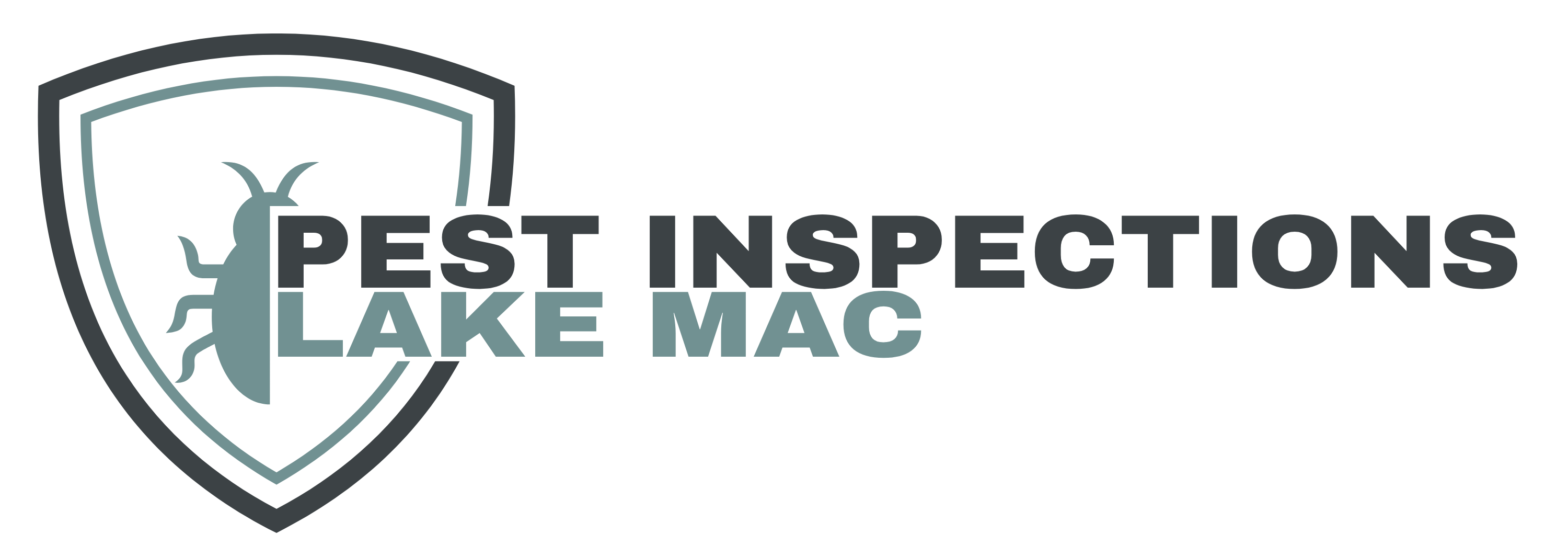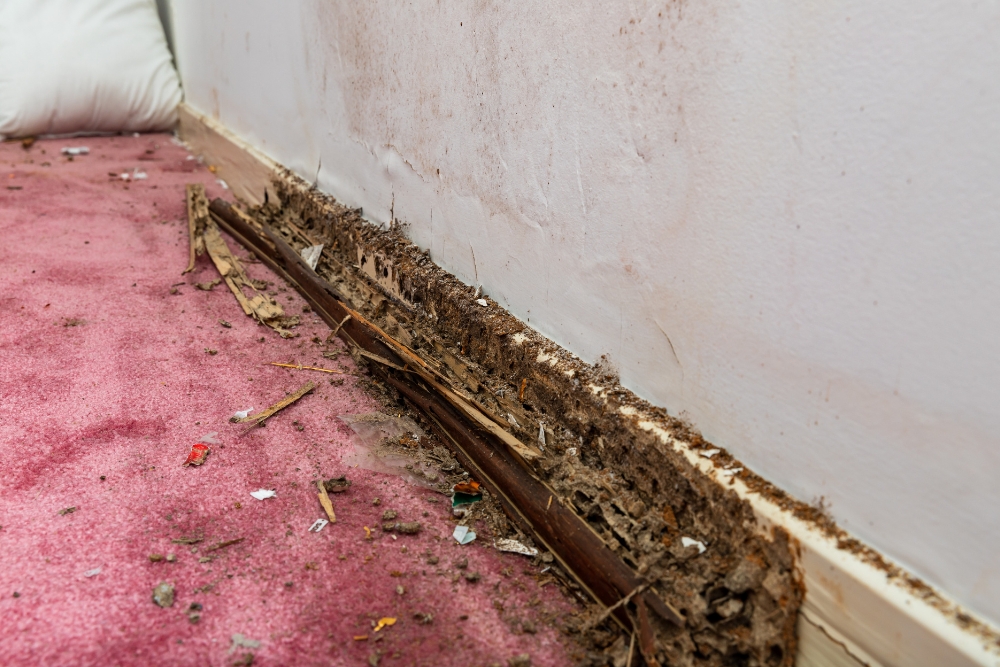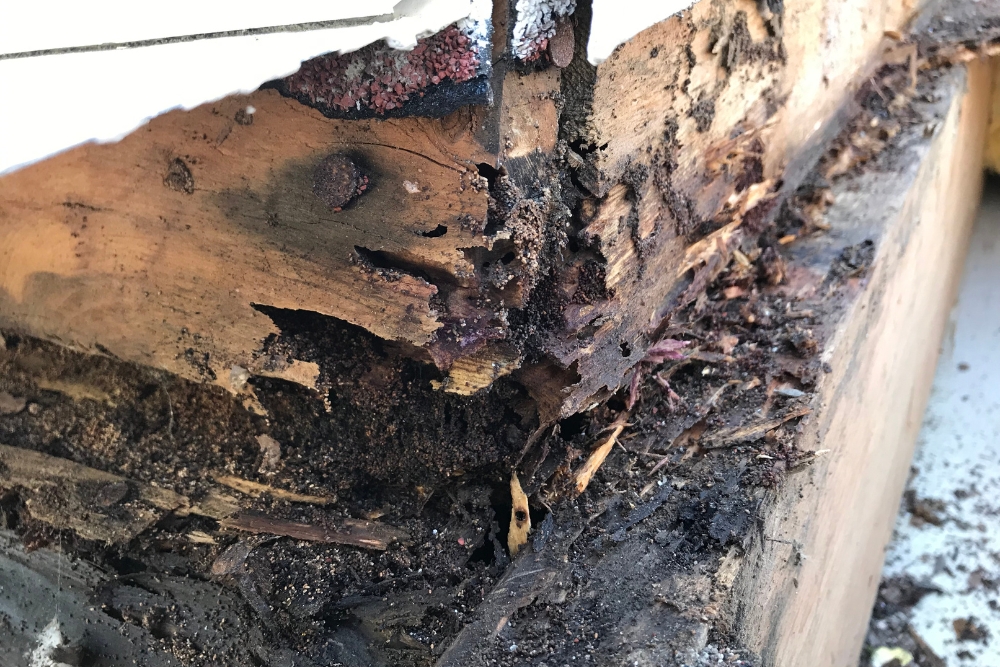Termite control on construction sites is a critical step in protecting properties before they’re even finished. By setting up barriers to keep termites away, builders and developers can avoid costly repairs later and make sure their projects meet building codes and regulations.
There are two main types of barriers used: chemical treatments that create zones termites won’t cross, and physical barriers like membranes or stainless steel mesh that physically stop them from entering the structure.
Regular monitoring is crucial too; by installing stations around the site, we can catch any termite activity early and take fast action with baiting programmes to eliminate them. This all ties into being proactive about termite control – it’s about safeguarding your project from the get-go with expert advice and effective strategies.
It’s essential for keeping your build safe now and long into the future. Keep reading to discover how these methods could save your next project from unwanted guests.
Key Takeaways
- Putting in place termite barriers is a must-do for sites under construction to keep termites at bay and follow the rules. By using both physical and chemical barriers, builders can stop termites from getting into new buildings, saving heaps of money on repairs down the track.
- There are different ways to block out termites, including chemical soil treatments that create a no-go zone for them and physical methods like installing special membranes or stainless steel mesh. Each type plays a huge part in making sure these pests can’t get through.
- For keeping an eye on termites and dealing with them before they become a big problem, setting up monitoring stations around the site works wonders. These stations let us spot any termite activity early on, so we can take action right away by using baits to wipe them out completely.
- Following the building codes and regulations about termite control not only keeps your building safe but also makes sure you’re doing things by the book. It’s all about protecting your project from start to finish against costly damage caused by termites.
- The key to success in fighting off termites during construction is planning and being proactive with protection measures. Getting expert advice and applying tried-and-tested methods will help make sure your site stays termite-free now and into the future.
Why Termite Barriers are Important for Under-Construction Sites
Termite barriers play a crucial role in safeguarding under-construction sites, serving as a preemptive measure to protect the property from the insidious threat of termite infestations. By integrating these barriers into the construction process, developers not only comply with building and safety regulations but also invest in the long-term integrity of the structure.
These physical or chemical barriers are designed to deter or kill termites before they can reach the wood and other cellulose-based materials that comprise the bones of a building. Implementing such barriers can result in substantial savings for homeowners by preventing the extensive and often expensive damage termites are known to cause.
Ultimately, termite barriers contribute to creating a structurally sound building, providing peace of mind to both the builders and future occupants that the property is protected against one of nature’s most persistent pests.
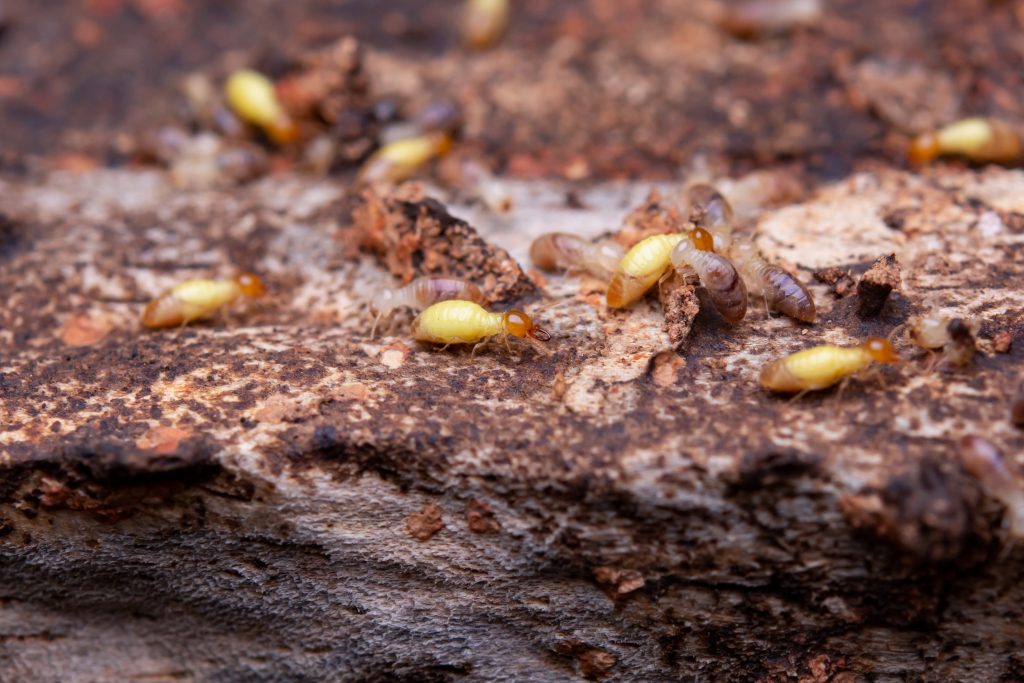
Protecting the construction progress
We understand the importance of keeping your property safe from termites during construction. Our approach includes applying pre-construction termite treatments and installing termite management systems, ensuring a solid defence against these pests.
By engaging in termite control during building construction, we create barriers that deter termites from making your new build their home.
Preventing termites in new construction is cheaper than repairing termite damage later.
Deploying both physical and chemical barriers provides a comprehensive shield around and underneath the structure. This strategy is crucial for protecting buildings from termites during construction, and safeguarding your investment against future infestations and potential damages.
With effective termite prevention measures for new construction, we keep your site secure throughout every phase of development.
Regulations
Regulations for termite control in under-construction sites are crucial to ensure compliance with industry standards and local building codes. Australian homeowners, building inspectors, and pest inspectors must be aware of the specific regulations that dictate the use of termite barriers and treatments during construction.
These regulations aim to safeguard properties from potential termite infestations by outlining requirements for barrier types, installation methods, and product certifications. Adhering to these regulations not only protects the integrity of the property but also contributes to overall pest management efforts within the construction industry.
Understanding and following these regulations is essential in preventing costly damages caused by termites in new construction projects. All stakeholders involved in under-construction sites need to stay informed about these regulatory measures and implement them effectively to mitigate termite risks.
Types of Termite Barriers
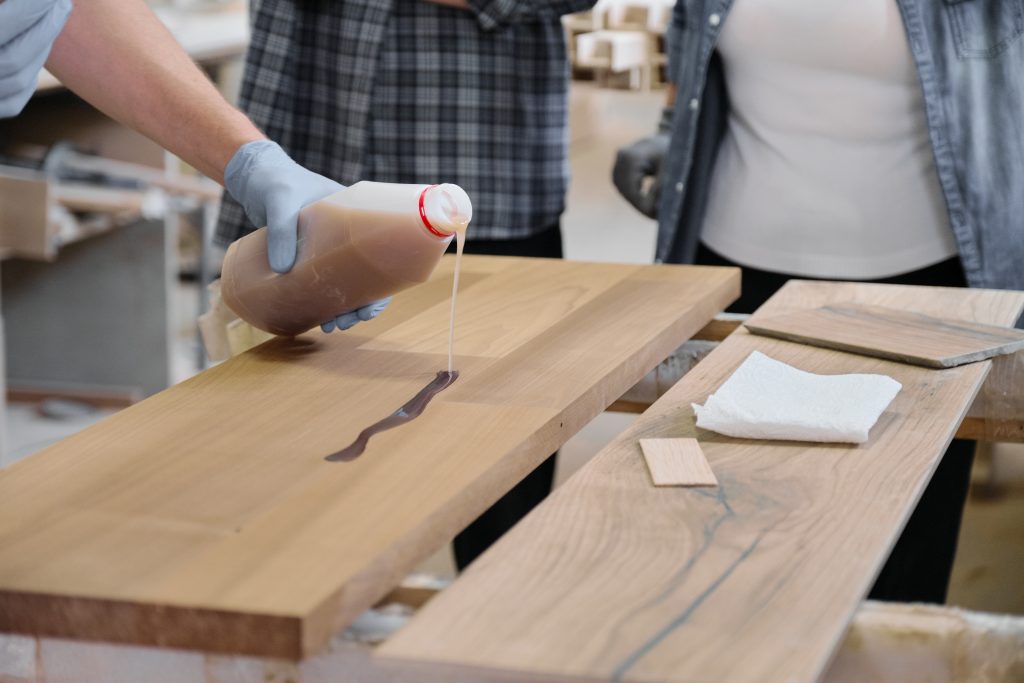
Physical and chemical termite barriers are indispensable in the construction process, particularly for sites vulnerable to termite infestation. These barriers, whether installed in the soil to deter termites or applied as chemical treatments to prevent their approach, offer a robust defence mechanism that protects the structural integrity of future buildings.
By deploying these preventative measures, construction projects not only adhere to building codes and regulations but also provide an added layer of security against termite damage, which can be extensive and costly. Ensuring a termite-free environment from the outset spares future occupants from the hassles and financial burdens associated with pest eradication and property repair.
As such, the integration of physical and chemical termite barriers is a critical step toward guaranteeing the longevity and safety of properties, making them a foundational aspect of modern construction practices.
Chemical barriers
Chemical barriers play a crucial role in termite control for under-construction sites. We apply liquid termiticides to the soil, creating a barrier that deters termites from entering the building site.
This method effectively eradicates entry points and prevents termite infestations during construction. By incorporating chemical barriers into our termite management plan, we ensure long-lasting protection against potential threats.
The application of chemical barriers involves strategic planning and expertise to achieve maximum effectiveness. Our team carefully applies termiticides to the soil, creating a protective shield around your property perimeter.
Physical barriers
Physical barriers are a crucial defence against termite infestations in under-construction sites. These barriers physically obstruct termites from entering the building, thereby protecting the property from damage.
The use of physical barriers also complies with regulations for termite management on construction sites, ensuring that the property is safeguarded during and after construction.
A variety of physical barriers such as membranes, collars, foams and sealants, stainless steel mesh, and aggregates offer effective protection against termite intrusion. Each type has its unique design and implementation methods to prevent termites from accessing vulnerable areas in the building’s structure.
How Physical Termite Barriers Work
Physical termite barriers serve as an essential line of defence in the battle against termite infestations, employing a variety of materials—ranging from flexible membranes and protective collars to expanding foams, durable sealants, stainless steel mesh, and specially treated aggregates—to create an impenetrable obstacle that termites find impossible to bypass.
By integrating these barriers directly into a building’s foundation, entry points, and other critical areas during the construction phase, developers can effectively block potential pathways termites might use to access the wood and other cellulose-based materials that form the core of the structure. This proactive approach ensures that the building is safeguarded from the outset, preventing termites from establishing colonies within the structure itself.
The strategic placement and careful selection of materials for these physical barriers are crucial for their success, requiring expert knowledge and precision in their installation to guarantee comprehensive protection. As a result, physical termite barriers not only contribute to the durability and integrity of buildings but also provide peace of mind to property owners and occupants, securing the investment made in the property’s construction and future well-being.
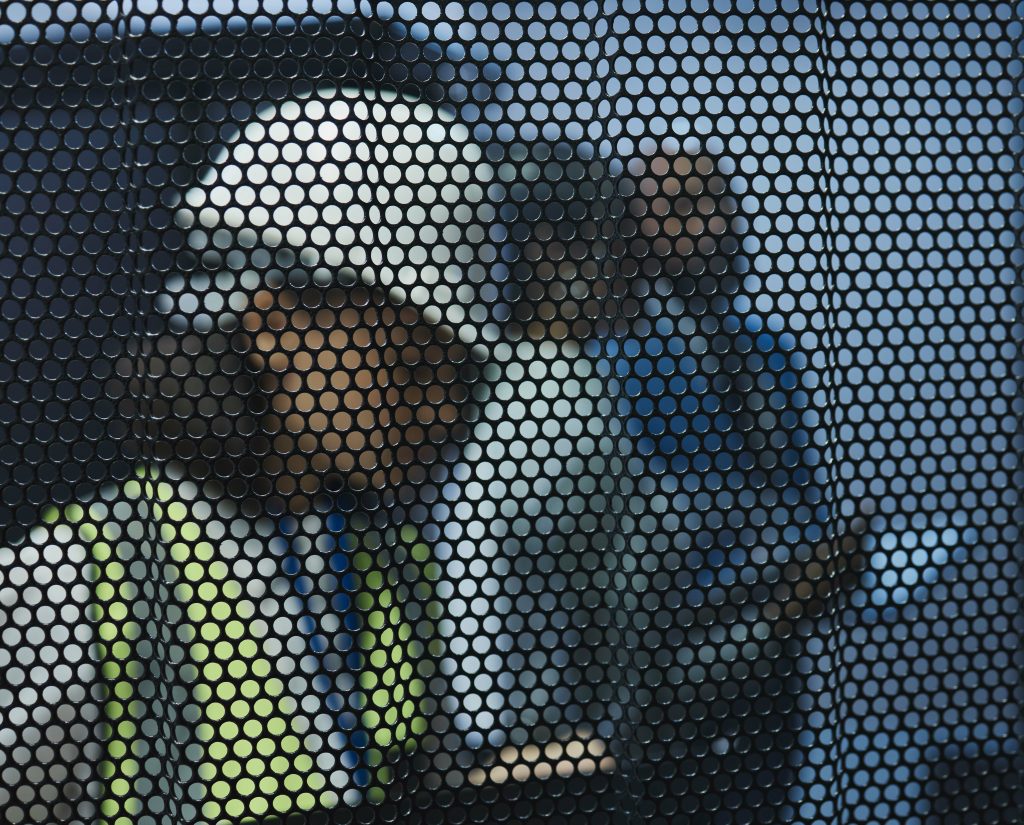
Design and Implementation
Physical termite barriers are essential for under-construction sites. These barriers are designed to prevent termites from entering the building through small cracks and crevices. Implementing physical barriers such as membranes, collars, foams and sealants, stainless steel mesh, or aggregates during the construction process is crucial in safeguarding the property against termite intrusion.
The implementation of physical termite barriers requires careful planning and attention to detail. Builders and pest inspectors should work together to ensure that these barriers are installed correctly, covering all potential entry points.
This proactive approach helps to protect new constructions from potential termite damage and infestations.
Types of physical barriers
Physical barriers are an essential tool in preventing termites from infiltrating under-construction sites. Here are some types of physical barriers that are commonly employed:
- Membranes: These flexible sheets are made from materials such as plastic or rubber and installed to create a durable barrier against termite intrusion.
- Collars: These are placed around critical areas, such as pipe penetrations, to prevent termites from gaining access through small crevices or gaps.
- Foams and Sealants: Applied to joints and crevices in the construction, foams and sealants act as a deterrent against termite infiltration.
- Stainless Steel Mesh: This robust material is utilised to block termite entry points, providing long-lasting protection for under-construction sites.
- Aggregates: Used in combination with other physical barriers, aggregates like crushed stone or gravel create a solid foundation that hinders termite movement.
By implementing these various physical barriers, under-construction sites can significantly reduce the risk of termite infestation, safeguarding the integrity of the property.
Chemical Termite Treatments
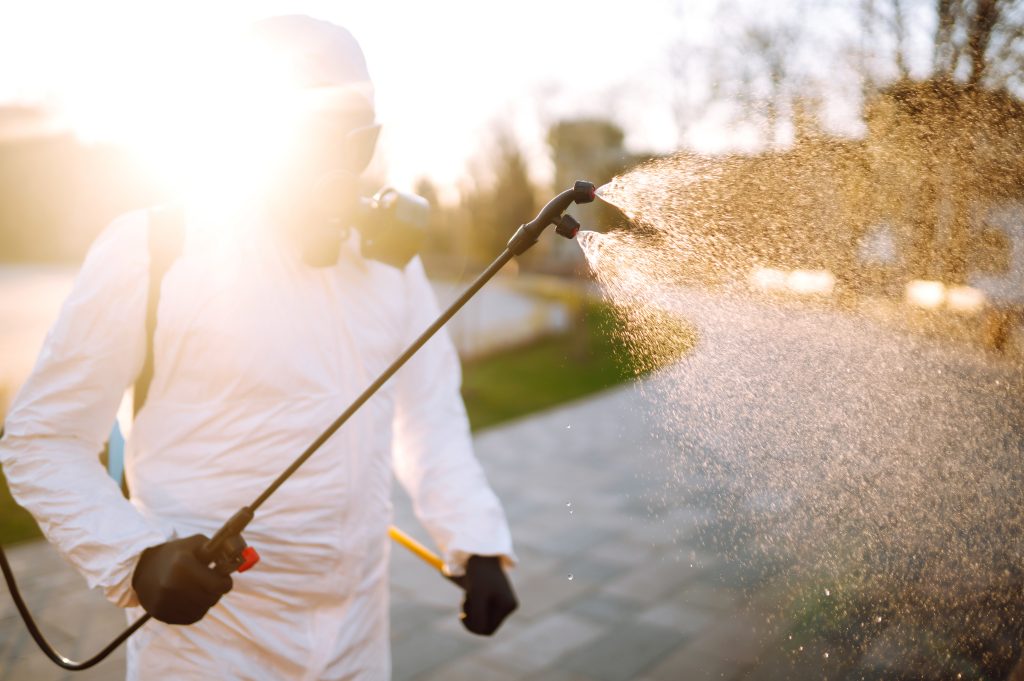
Chemical termite treatments represent a critical component in the arsenal against termite invasions, primarily functioning by introducing termiticides into the soil that surrounds and underlies the foundation of a building. Such treatments are carefully formulated to establish a lethal or repulsive barrier, effectively intercepting termites as they attempt to infiltrate the property.
This method not only targets existing termite populations aiming to enter the structure but also acts as a long-term deterrent for any future pests considering the same path. The application of these chemical barriers requires precise techniques and thorough knowledge of termiticides to ensure the safety of the inhabitants and the environment while maintaining maximum efficacy against termites.
Consequently, chemical termite treatments provide an invisible yet potent shield, guarding the structural integrity of properties and offering reassurance to homeowners and building occupants against the threat of termite damage.
Soil treatment
Soil treatment is a crucial step in preventing termite infestations at construction sites. By applying chemical barriers to the soil, we can create a protective zone that deters termites from entering the building structure.
This process involves treating the soil around and underneath the building with specialised chemicals, forming an impermeable barrier that prevents termites from breaching the site.
Soil treatment is essential for new constructions to ensure long-term protection against termite damage and costly repairs.
Monitoring and baiting program
Once the chemical barrier has been established, regular monitoring and baiting programs can effectively control termite populations. These programs involve placing monitoring stations around the construction site to detect termite activity.
Once termites are detected, bait is placed in these stations to eliminate them at the source. This proactive approach helps ensure that any potential termite threat is swiftly identified and eradicated before it becomes a larger issue, thereby safeguarding your property from costly damage caused by these destructive pests.
Implementing a consistent monitoring and baiting program during construction not only protects your investment but also ensures that once the building is complete, you won’t have to worry about hidden termite threats compromising its integrity.
Call Us!
In our exploration of termite barriers for under-construction sites, we’ve highlighted how crucial both physical and chemical barriers are in safeguarding future structures. The tactics we’ve discussed not only prove to be effective but are also straightforward to apply, playing a vital role in the preemptive strike against termite damage.
Leveraging these strategies, especially when done through professional pest services, can significantly enhance pest control measures at construction sites, ensuring a solid foundation free from the threats of termites. For those looking to deepen their understanding or seeking expert interventions, numerous professional pest services offer comprehensive resources and specialised assistance in this area.
Emphasising prevention as the cornerstone of termite management in new constructions, it’s clear that taking proactive steps, guided by the expertise of professional pest services, is fundamental in securing the longevity and integrity of the building right from the start.
